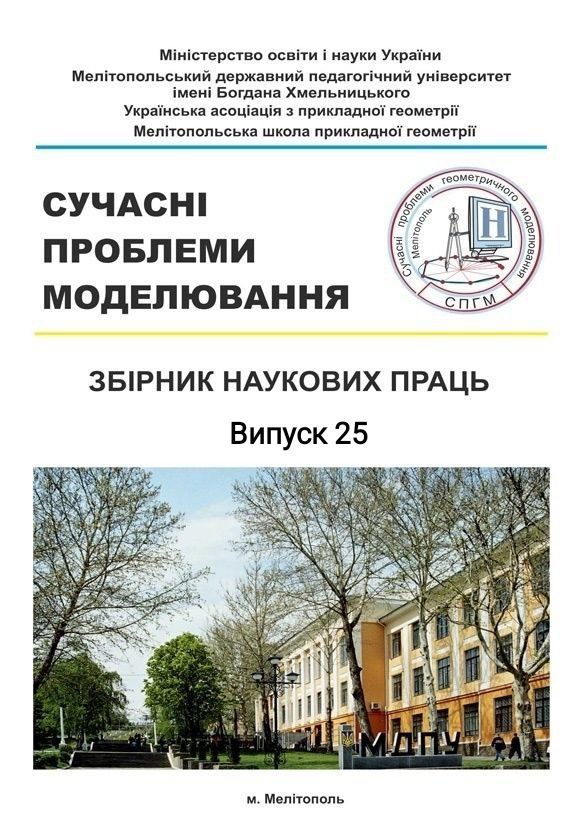MINIMIZATION OF INTEGRAL RISK OF EMERGENCY ON THE EXAMPLE OF BLYZNYUKIVSKYI DISTRICT OF KHARKIV REGION
Abstract
The paper shows the inverse relationship between the coverage ratio of the region and the time of arrival to an emergency (dangerous event). the minimization of the integral risk of emergencies (dangerous events) was realized by increasing the number of fire depots on the example of Blyzniukivskyi district of Kharkiv region. Departure areas are shown on a real map in Google Maps.
The selection of an additional fire department to reduce the integral risk reduction includes the following restrictions: the minimum area of intersection of the areas of operation of the PDP in a given area; the affiliation of the areas of operation of the PDP; the minimum area of intersection of the areas of operation of the PDP with the areas of prohibition; the affiliation of the ATS and PNO of the area of intersection of the areas of operation of the PRP, providing response to the accident (fire) and the ATS or PNO in accordance with the call number; the time of arrival of the PRP to the most remote point of the departure area, should not exceed the specified; placement of PRP is carried out taking into account the limited resources.
Departure areas of fire and rescue units are convex polygons, the vertices of which depend on the road network. As a result of the increase from one fire station to four, the response time to the fire will be reduced by 51%, and the corresponding emergency risk will be reduced by 72%. During the increase in the number of fire departments, the arrival time of operational and rescue teams will decrease, which directly affects the reduction of the integrated fire risk. That is why, if funding is available, the number of fire departments can be increased.
Keywords: integral risk of emergency, coverage ratio, time of arrival, coverage area, rescue unit, fire station.




